14 Things Women Couldn't Do 94 Years Ago
In honor of the 19th Amendment, ratified 96 years ago today!
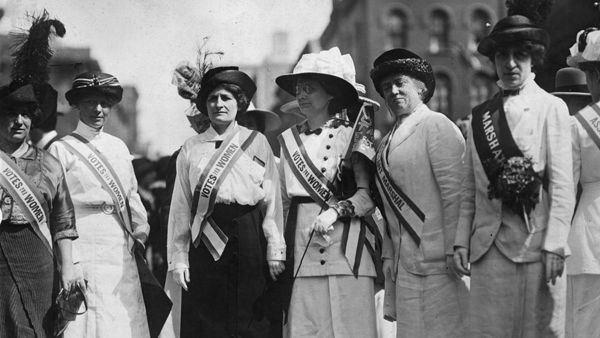
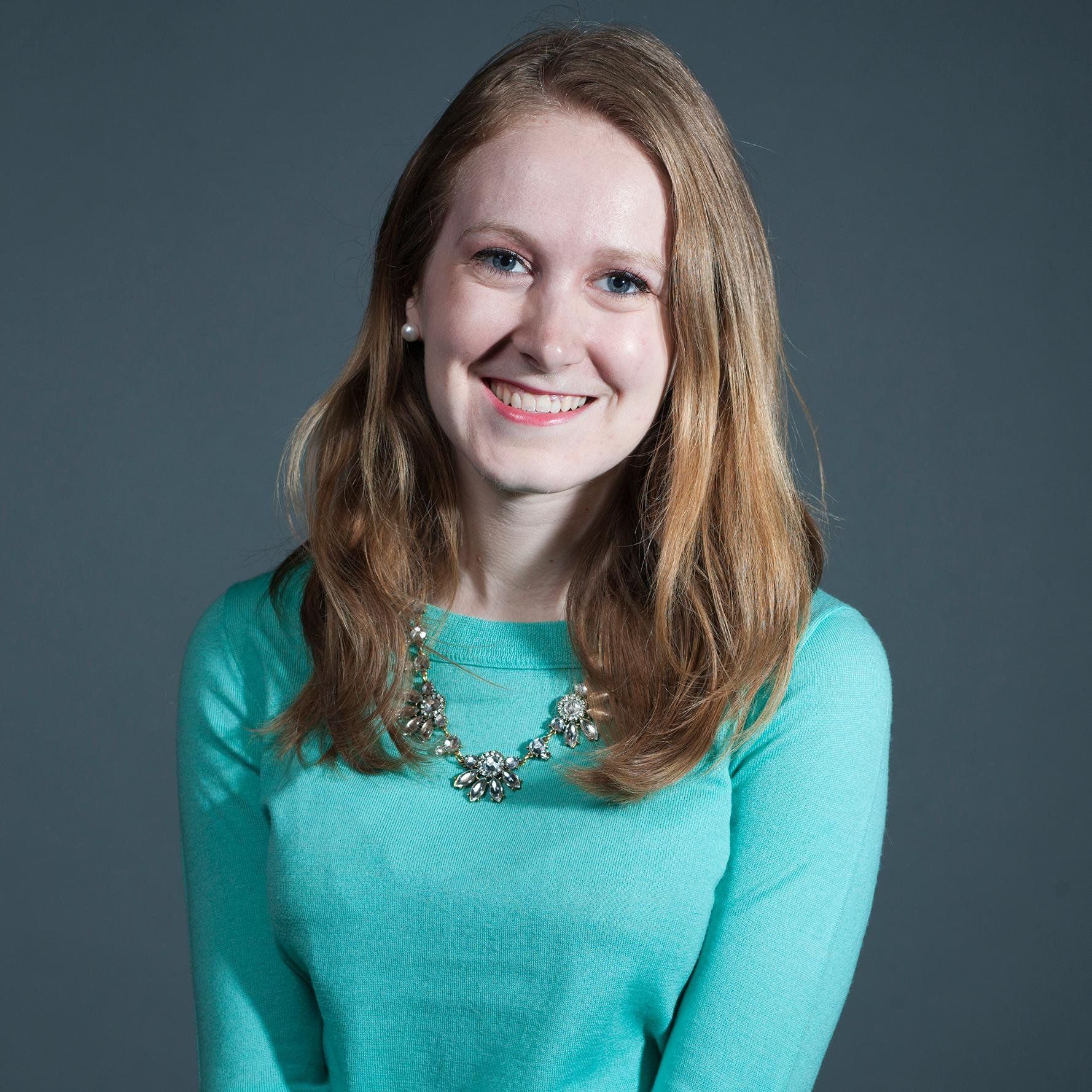
The year 1920 marked the dawn of a new era of freedom for women—the year saw the ratification of the 19th amendment, which gave us the right to vote—it also ushered in a new decade of social liberation. But even as progressive as flappers and shorter hemlines were, women's rights then were still laughable compared to the condition of women's rights today. Even now, when hashtags like #WomenAgainstFeminism are trending topics, it's important to remember that the women's rights movement brought us the most basic of rights. And while we're still fighting for equality, these were the norms for women back in the '20s:
1. Most married at a very young age. In 2010, the average age of for a woman to get married was 26. Back in 1920, the year the 19th Amendment was ratified, the average bride was just 21 years old.
2. Women were having children at a much younger age, too.Even in the 1950s, the average age for the birth of a woman's first child was just 22. That means that half of all American women were mothers before their 22nd birthday, and were therefore shuffled into a life of motherhood and homemaking before they had a chance to think about what they wanted to do with their lives.
3. Oral contraception didn't exist. It's no wonder that women were having children so much earlier—the pill wasn't approved by the FDA until 1960. And there were some serious bumps along the way to its approval: Margaret Sanger, a pioneer in the birth control movement, was arrested multiple times for opening the nation's first birth control clinic. But this 1960 approval still didn't grant all women access to the pill. It took 12 more years, until the 1972 Supreme Court decision, Baird v. Eisenstadt, for birth control to be accessible to all women, regardless of martial status.
4. Plan B couldn't be a woman's "Plan B". Emergency contraception wasn't approved by the FDA until a staggeringly late year—1998. But accessing Plan B, which needs to be taken soon after intercourse to be effective wasn't easy for all women: A prescription was needed for Plan B until last summer, when it became available to women of all ages prescription-free.
5. She could get fired for being pregnant. Working women could have their careers cut short if they became pregnant until the passage of the Pregnancy Discrimination Act of 1978, which outlawed the practice.
6. She couldn't sue for sexual harassment. When Title VII was passed in 1964, it was supposed to eliminate sex discrimination in the workplace. But courts didn't recognize sexual harassment in the workplace until 1977. That maybe because defining sexual harassment was still murky until 1980, when the term was officially defined by the Equal Employment Opportunity Commission.
Stay In The Know
Get exclusive access to fashion and beauty trends, hot-off-the-press celebrity news, and more.
7. She would face difficulty getting a credit card. Unmarried women faced serious blocks getting credit, with banks being allowed to deny their application solely for their marital state up to the 1970s. Married woman could typically only get a credit card if her husband was willing to co-sign. There weren't legal measures put in place to eliminate this practice until 1974, with the Equal Credit Opportunity Act. This act made it illegal to deny a woman a credit card on the basis of gender.
8. Marital rape wasn't criminalized. Rape within the confines of marriage wasn't recognized as a crime in all 50 states until 1993. Meaning, a women basically couldn't refuse sex to her husband or legally fight back if he raped her.
9. Women couldn't get an Ivy League education—with a few exceptions. Getting an elite education wasn't an option for even the nation's brightest women. Cornell University and the University of Pennsylvania started accepting women in 1870 and 1876, respectively. Other Ivy League institutions didn't follow suit until more than two decades after World War II, with Yale and Princeton starting to accept female students in 1969, and the rest doing the same over the next 12 years.
10. There were no women in the military. The first half of the 20th century saw two major wars, but both of these epic conflicts had no women in combat. It wasn't until 1948, when Congress passed the Women's Armed Services Integration Act, which allowed women to serve in the military and earn veterans benefits, that women became a significant military presence (in areas besides traditionally female roles, such as nursing, where they had been making a difference for many years prior).
11. Legal abortions didn't exist. Until the monumental Roe v. Wade decision in 1973, a woman faced some serious restrictions when it came to terminating a pregnancy, oftentimes leading to dangerous illegal procedures.
12. Serious discrimination ran rampant in the workplace. Women may make 77 cents to every man's dollar today, but the numbers were much worse years ago, when women made as little as 59 cents for every man's dollar back in 1963 (think about it: we've only made up 18 cents over the last 53 years; that's one third of a cent per year). But lacking pay wasn't the only problem working women faced. They also faced sexual harassment, and in some professions, restrictions on clothing and even her weight.
13. In many states, women couldn't serve on juries. Using the justification that women shouldn't be asked to leave the home, or that their sensibilities were too delicate to hear the gory details during a trial, women in many states couldn't serve on a jury until 1973, when female jurors were permitted in the courtroom throughout the country.
And, of course:
14. They didn't have the right to vote. While the Constitution never prohibited women from voting in the past, the passing of the 19th Amendment made the right a standard for women across the country. Ironically, however, women could hold public office—the first female member of Congress was elected in 1917—but she couldn't even vote for herself to earn the position.
Related:
The Most Important Feminists of All Time
The Best Countries for Women Around the World
The States That Have the Biggest Pay Gap for Women

I'm an Associate Editor at the Business of Fashion, where I edit and write stories about the fashion and beauty industries. Previously, I was the brand editor at Adweek, where I was the lead editor for Adweek's brand and retail coverage. Before my switch to business journalism, I was a writer/reporter at PEOPLE.com, where I wrote news posts, galleries and articles for PEOPLE magazine's website. My work has been published on TheAtlantic.com, ELLE.com, MarieClaire.com, PEOPLE.com, GoodHousekeeping.com and in Every Day with Rachael Ray. It has been syndicated by Cosmopolitan.com, TIME.com, TravelandLeisure.com and GoodHousekeeping.com, among other publications. Previously, I've worked at VOGUE.com, ELLE.com, and MarieClaire.com.
-
 Jennifer Lopez Accentuates Her Trompe L'oeil Set With a $2,950 Bag
Jennifer Lopez Accentuates Her Trompe L'oeil Set With a $2,950 BagShe's so back.
By Kelsey Stiegman Published
-
 Phlur’s Latest Launch Is a Sexy Contradiction of Rose and Leather
Phlur’s Latest Launch Is a Sexy Contradiction of Rose and LeatherIt tops our list of the brand's 10 best scents.
By Brooke Knappenberger Published
-
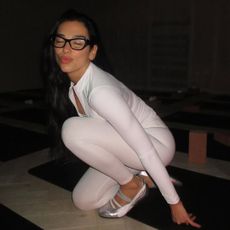 Dua Lipa's Take on the Ballet Sneakers Trend Is So On Point
Dua Lipa's Take on the Ballet Sneakers Trend Is So On PointThis pair belongs onstage.
By Halie LeSavage Published
-
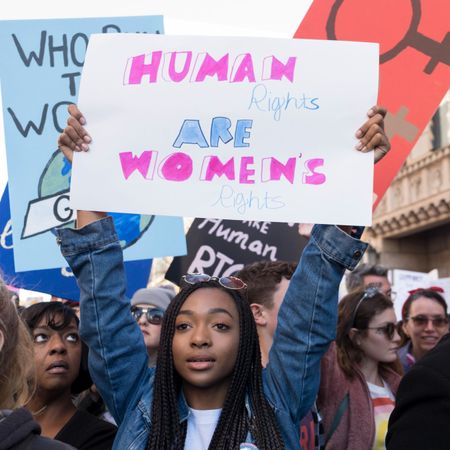 36 Ways Women Still Aren't Equal to Men
36 Ways Women Still Aren't Equal to MenFeatures It's just one of the many ways women still aren't equal to men.
By Brooke Knappenberger Last updated
-
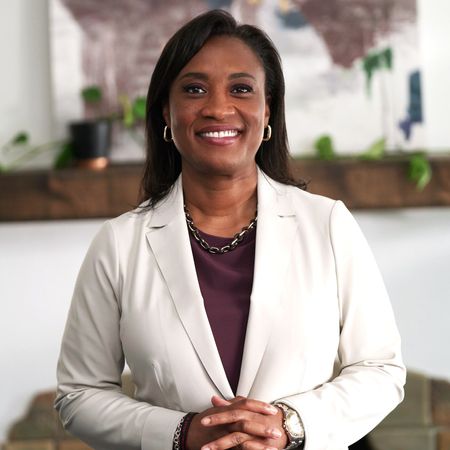 EMILY's List President Laphonza Butler Has Big Plans for the Organization
EMILY's List President Laphonza Butler Has Big Plans for the OrganizationUnder Butler's leadership, the largest resource for women in politics aims to expand Black political power and become more accessible for candidates across the nation.
By Rachel Epstein Published
-
 Want to Fight for Abortion Rights in Texas? Raise Your Voice to State Legislators
Want to Fight for Abortion Rights in Texas? Raise Your Voice to State LegislatorsEmily Cain, executive director of EMILY's List and and former Minority Leader in Maine, says that to stop the assault on reproductive rights, we need to start demanding more from our state legislatures.
By Emily Cain Published
-
 Your Abortion Questions, Answered
Your Abortion Questions, AnsweredHere, MC debunks common abortion myths you may be increasingly hearing since Texas' near-total abortion ban went into effect.
By Rachel Epstein Published
-
 The Future of Afghan Women and Girls Depends on What We Do Next
The Future of Afghan Women and Girls Depends on What We Do NextBetween the U.S. occupation and the Taliban, supporting resettlement for Afghan women and vulnerable individuals is long overdue.
By Rona Akbari Published
-
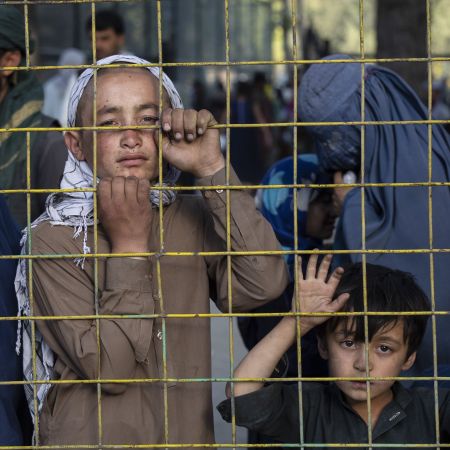 How to Help Afghanistan Refugees and Those Who Need Aid
How to Help Afghanistan Refugees and Those Who Need AidHow To With the situation rapidly evolving, organizations are desperate for help.
By Katherine J. Igoe Published
-
 It’s Time to Give Domestic Workers the Protections They Deserve
It’s Time to Give Domestic Workers the Protections They DeserveThe National Domestic Workers Bill of Rights, reintroduced today, would establish a new set of standards for the people who work in our homes and take a vital step towards racial and gender equity.
By Ai-jen Poo Published
-
 The Biden Administration Announced It Will Remove the Hyde Amendment
The Biden Administration Announced It Will Remove the Hyde AmendmentThe pledge was just one of many gender equity commitments made by the administration, including the creation of the first U.S. National Action Plan on Gender-Based Violence.
By Megan DiTrolio Published